The Big Bang is a theory about how the Universe began. Most scientists believe in the Big Bang theory, which is the current accepted model for the beginning of the Universe.
Georges Lemaître first proposed the Big Bang theory in 1927. The theory was supported by Edwin Hubble's research on cosmological redshift in 1929.
What is the Universe?
The Universe is basically everything that exists. It is phenomenally large and always expanding.
What is the Big Bang theory?
The Big Bang was a massive expansion ( not an explosion ) from a single point. It was the start of time, and the Universe has been expanding ever since.
It's hard to understand, but forces, time, matter, energy and every physical thing in the Universe expanded out of that single point.
The Big Bang - a summary
- All the matter in the Universe occupied a very dense, very hot and very small space.
- A sudden expansion occurred, and the Universe as we know it started to form.
- Around 13.8 BILLION years late,r the Universe exists as we know it!
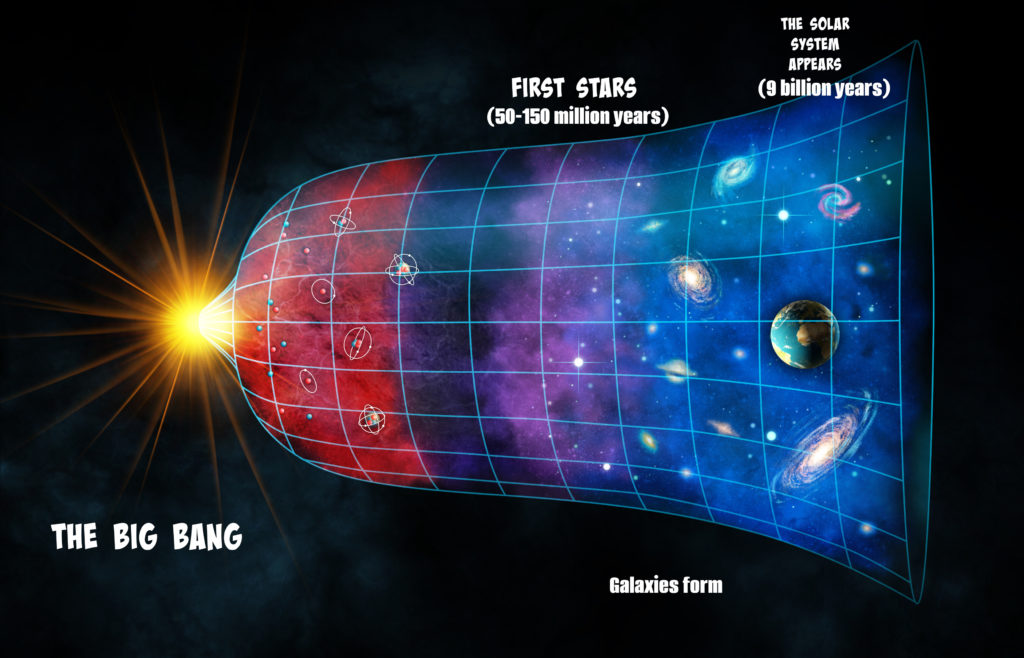
Despite its explosive beginning, the Universe as we know it today took a VERY long time to form. Our solar system wasn't created until around 9 billion years after the Big Bang. To put this into context, the Universe is thought to be around 13.7 billion years old.
Is there any evidence for the Big Bang Theory?
There most definitely is!
Evidence for the Big Bang Theory
Red Shift
Scientists have noticed an increase in the wavelength of light ( shifted towards the red end of the visible light spectrum ) coming from far away galaxies. Measurements of red shift show that far away galaxies in all directions are moving away from us.
Galaxies further away have greater red shift than those closer, which shows that far away galaxies are moving away faster.
If galaxies are moving away from us, that means they were once closer!
Cosmic Microwave Background Radiation
Cosmic Microwave Background Radiation ( CMBR ) is low frequency electromagnetic radiation that can be detected in all directions throughout the universe. It is thought that this is the leftover energy of the Big Bang!
Are there any other theories for how the Universe started?
Steady State Theory
The Steady State theory states that the Universe has always existed as it does today, and as it expands, new matter is created. There's no beginning or end, just a constant state of expanding universe and new matter that keeps the density of the Universe about the same.
What will happen if the Universe keeps expanding?
No one knows...but there are a few theories.
The Big Chill
In this scenario, galaxies will become so far apart that they run out of gas to make new stars. Existing stars would slowly run out of power, and the Universe would become cold and dark.
The Big Crunch
In this theory, the Universe expands and then starts to pull back together. Eventually, the whole Universe would collapse into one very dense point.
The Big Rip
The Big Rip is a theory where space expands and expands until eventually everything is ripped apart.
We may not know how or if the Universe will end, but we do know that it's not going to happen for billions of years!
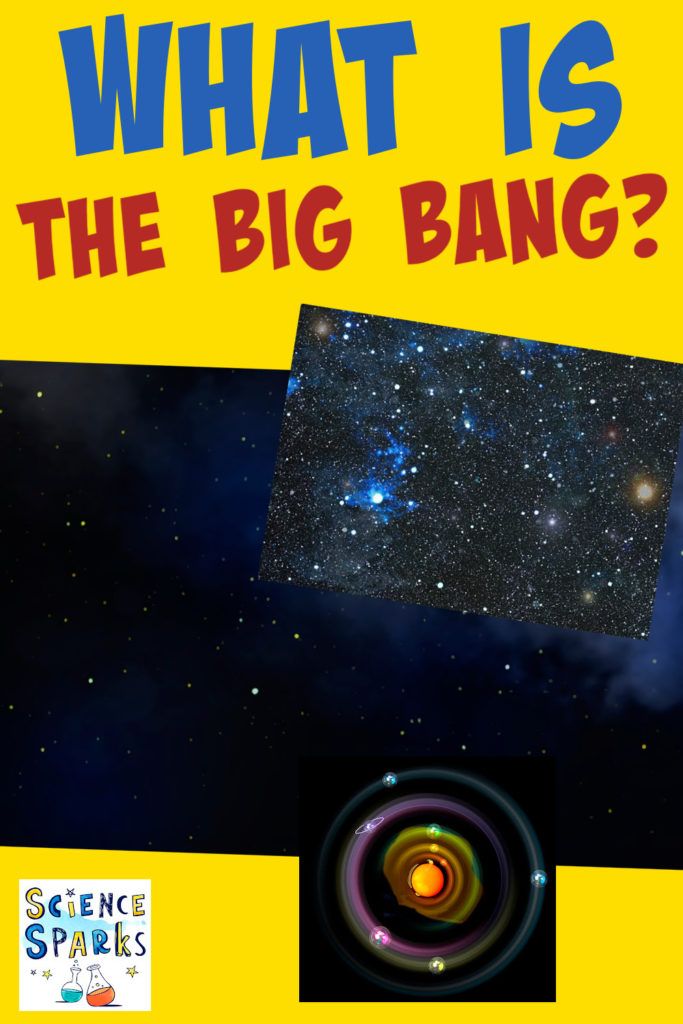
Science Concepts
- Space
- Matter
- Energy
- The Big Bang
More reading
Read an interesting debate about a Universe with no beginning.
Could there be a multiverse?
Last Updated on September 29, 2025 by Emma Vanstone
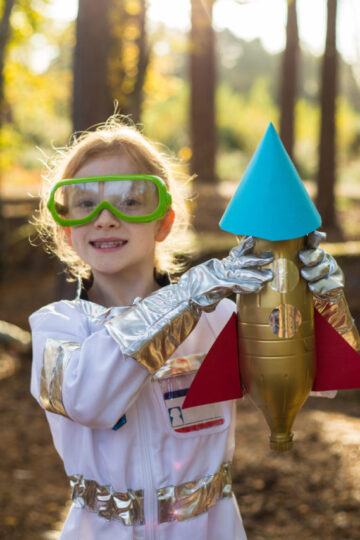
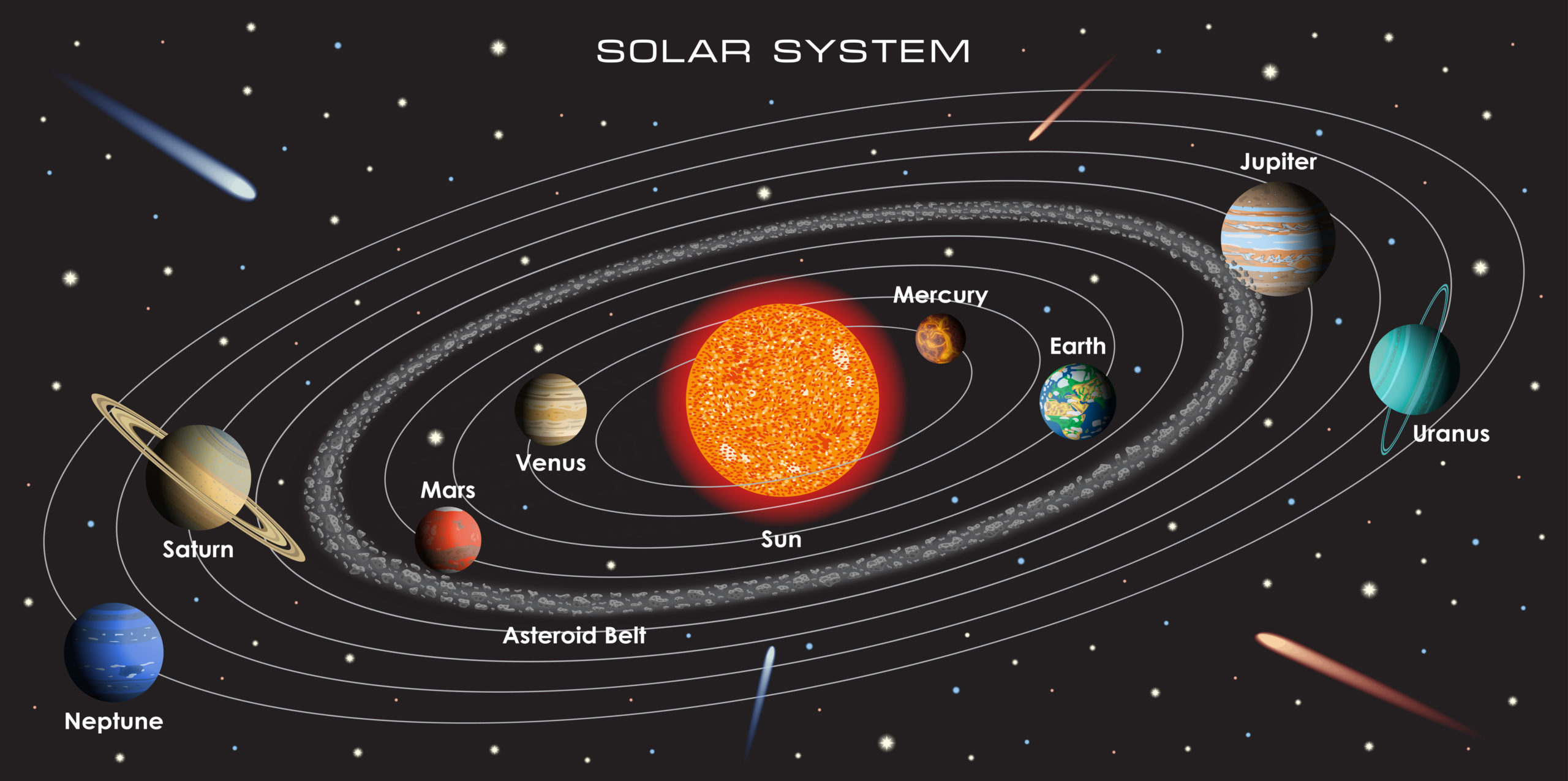
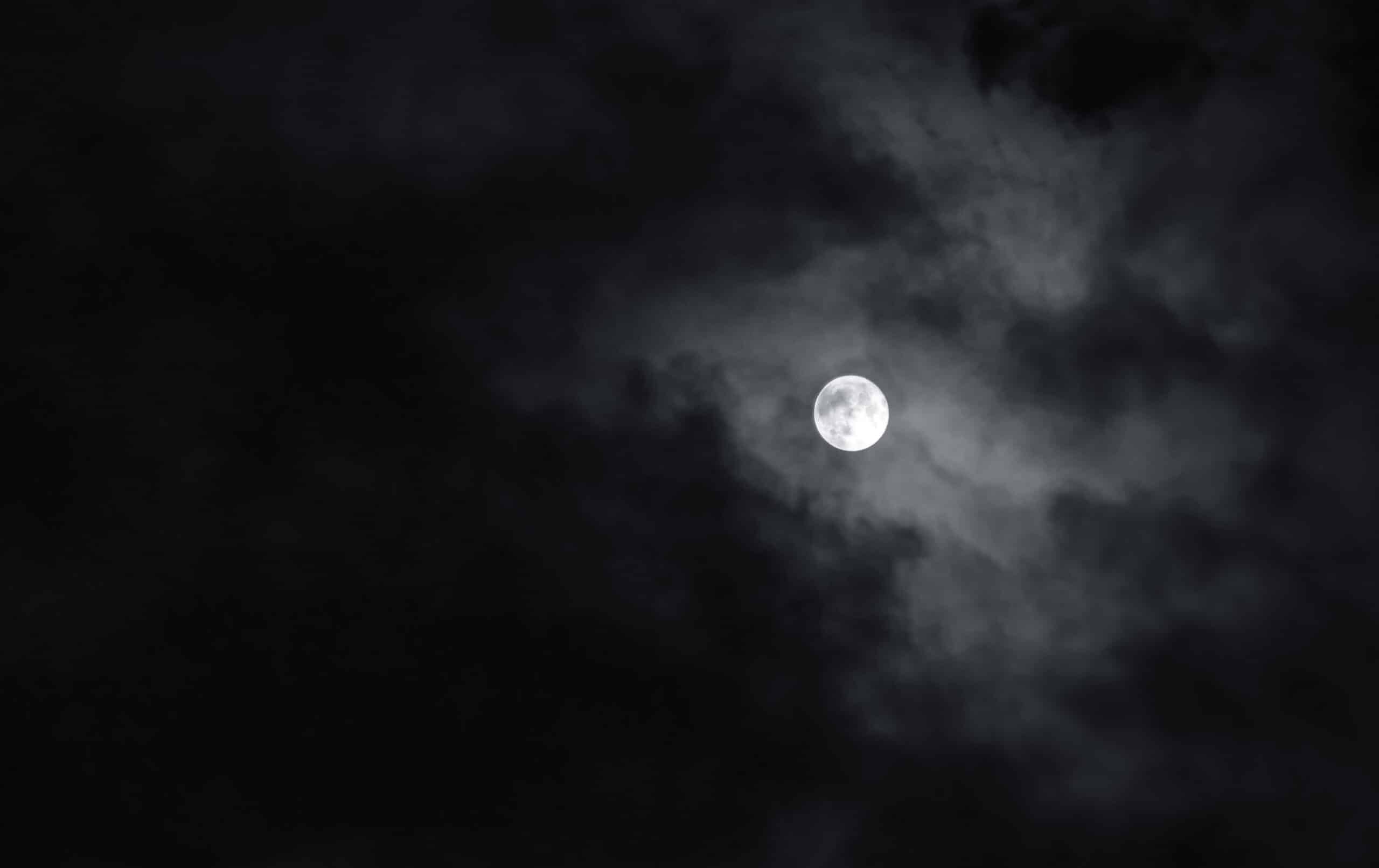
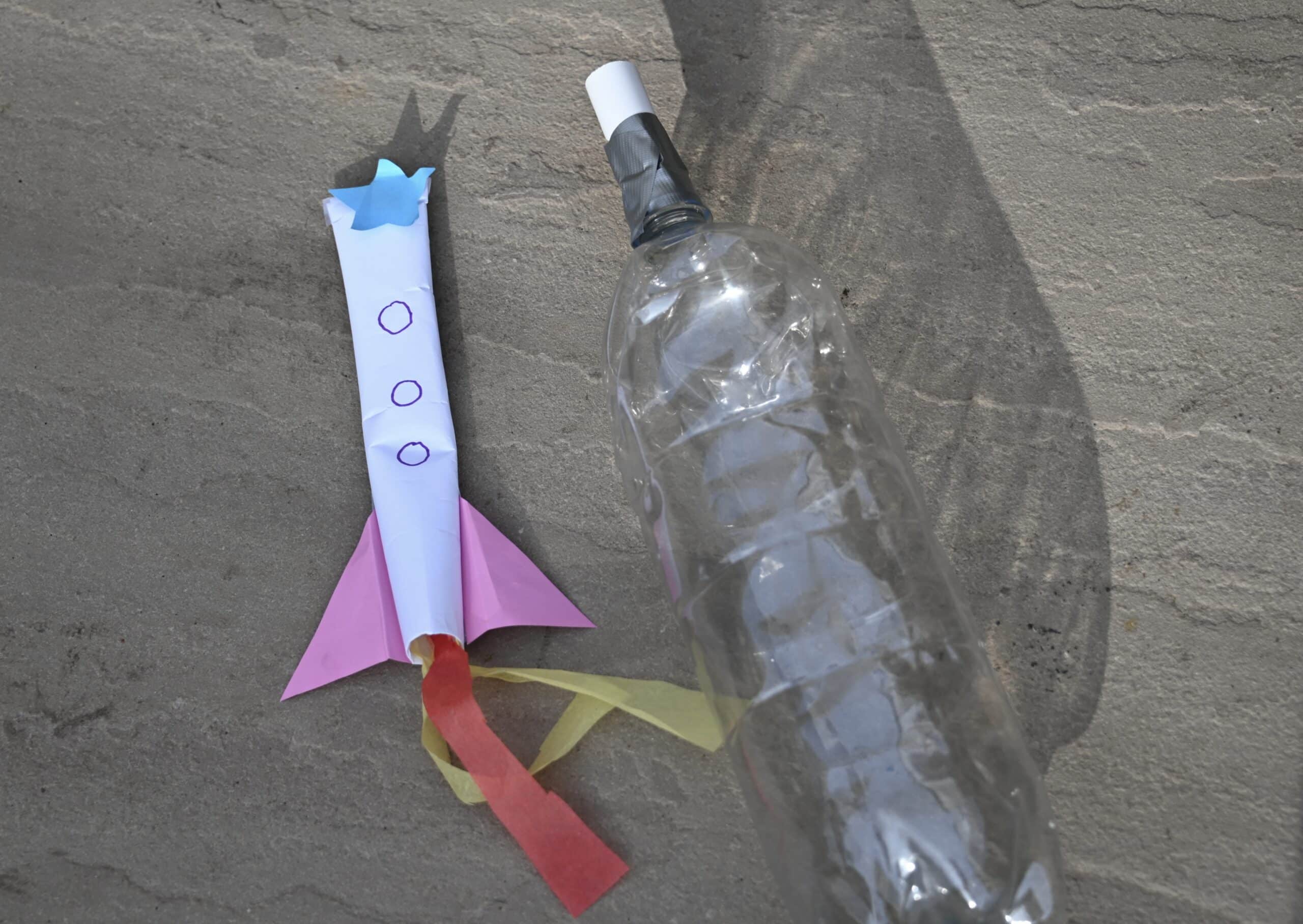
Leave a Reply